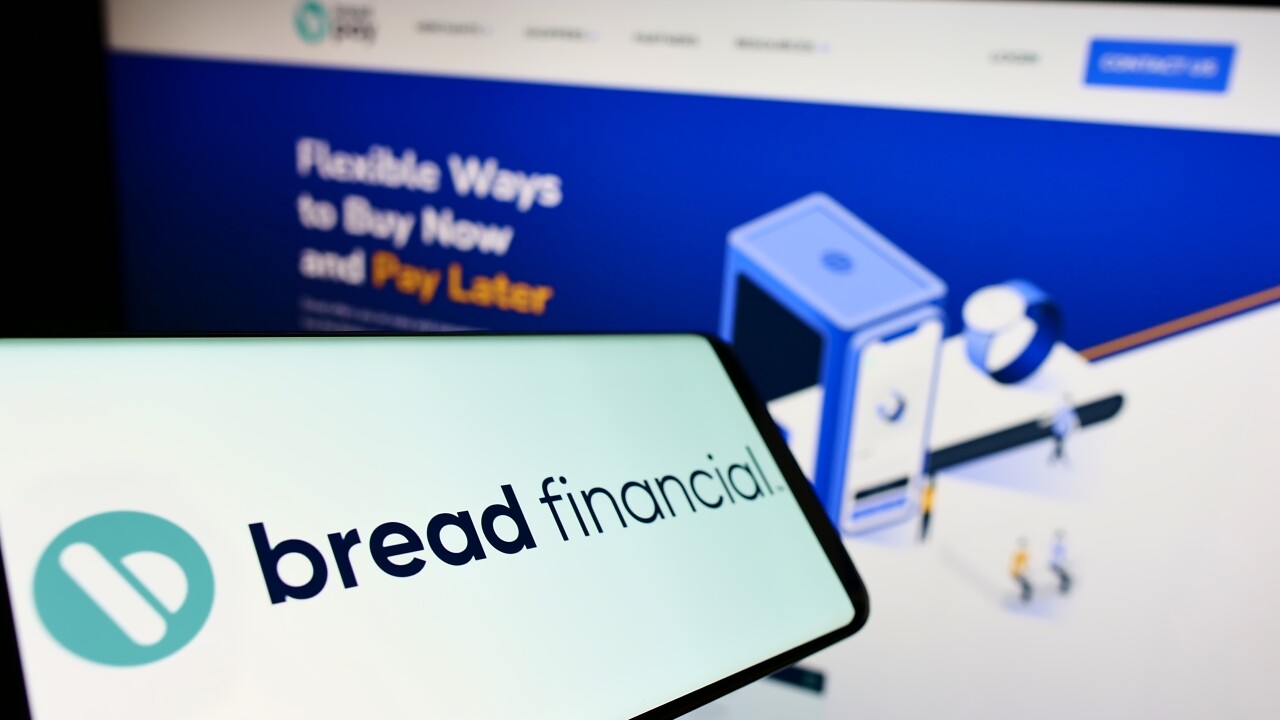When it comes to new payment technologies, it’s often difficult to know what consumers are thinking, and banks have a lot on their plates.
Aligning a transformation strategy with the desires of consumers is an interesting chart to plot. One thing that’s clear is both banks and consumers have embraced contactless. As one of the biggest changes to payments in recent years, it’s now almost ubiquitous in several markets, with usage rising.
With advancing technology, however, biometric payment cards are set to be "the next big thing." Offering the ability to move away from transaction caps, while improving security and convenience, would appeal to banks. And many are now looking to deploy biometrics sooner rather than later. However, when comparing banks’ priorities with our consumer research, there are both similarities and differences worth aligning.

The one thing that everyone can agree on is the importance of contactless payments. Both banks and consumers consider them to be a very important payment method. Whether it happens with a card or a mobile device, the days of mag stripe (and, dare I say chip-and-PIN) card transactions are numbered.
Eighty-eight percent of the banks we spoke with say contactless is their main priority in the coming years.
However, there is one striking difference between consumers and banks when it comes to contactless payments.
For non-U.S. banks, the biggest issue with contactless now is transaction-size caps, but security is consumers’ main concern. Thirty-eight percent of consumers see security is a key barrier to using contactless, and more than half are worried, or very worried, about fraud.
This is not to say that banks are not worried about security and fraud—after all, banks shoulder liability for the new wave of contactless card fraud. Rather, the benefits and return of offering contactless outweigh the cost of fraud for banks.
But there is an opportunity for banks here. Biometric payments can help address consumers’ security concerns while empowering banks to finally lift the transaction caps. The widespread proliferation of biometrics for smartphone authentication means consumers are comfortable with the technology. Plus, with added security, biometrics can finally enable those high-value contactless payments, creating a win-win for both banks and consumers. And half of consumers say they would pay for the technology.
There are still concerns to be addressed, though, particularly around privacy and where the fingerprint data is stored. This is largely a challenge of education, not of technology—all data stays on the card itself, meaning it never leaves the consumer. What’s clear from our research, though, is that consumers consider biometric payment cards more secure than standard contactless payment cards.
User experience is a priority for both parties too. Banks and consumers recognize that biometric cards uniquely balance both convenience and security. But what’s more, both recognize the importance of having a smooth enrollment process that consumers can manage themselves.
Sure, perfecting the day-to-day payment experience is essential, but if the initial enrollment is difficult, clunky or confusing, the concept will fail before it has started.
When it comes to biometric payments, it seems that the banks have a good idea of what their customers are thinking. Ease of use, a move away from transaction caps, and the coolness factor are the major selling points for both consumers and banks, but educating consumers around security remains key.





